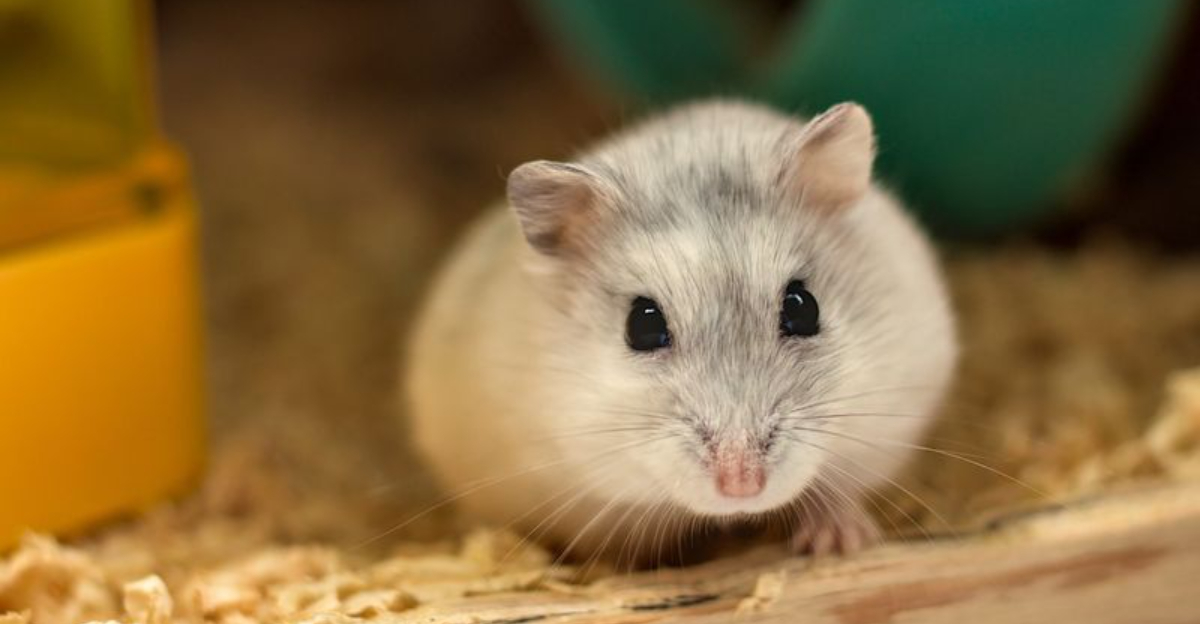Choosing a pet for your child can be both exciting and daunting. Small pets, in particular, can make excellent companions for kids.
They’re often easier to care for and can teach children valuable lessons in responsibility and empathy. Here are 10 small pets that are great choices for kids.
10. Hamster
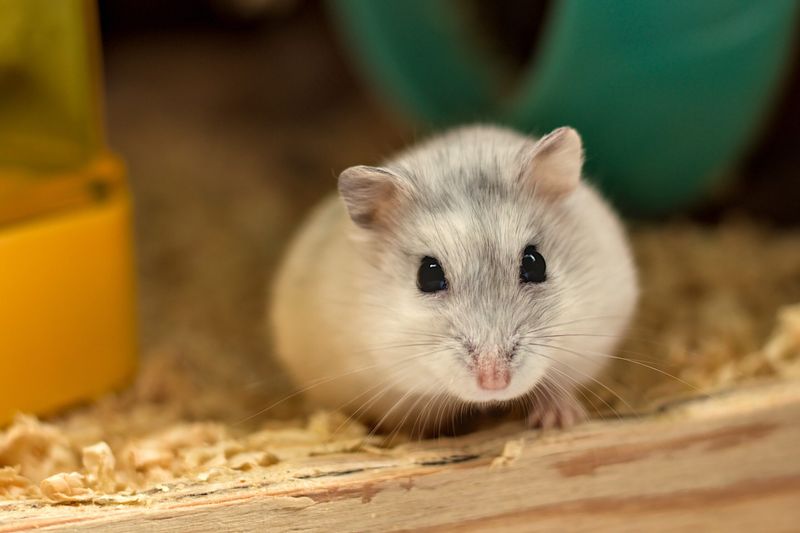
Hamsters are ideal small pets for children. These tiny, furry creatures are easy to handle and don’t require a lot of space, making them perfect for small apartments or bedrooms.
They come in a variety of breeds, with the Syrian hamster being one of the most popular due to its easy-going nature.
Caring for a hamster involves providing a secure cage with plenty of bedding for burrowing, a wheel for exercise, and tubes for exploration.
Hamsters are nocturnal, meaning they will be most active in the evening, which suits school-aged children who are home in the late afternoon.
It’s important to remember that while hamsters are low-maintenance, they still need fresh food and water regularly, along with cage cleaning.
With gentle handling, hamsters can become very tame and enjoy interacting with their young owners. Their playful antics and soft fur make them a delightful addition to any family looking for a small pet companion.
9. Guinea Pig
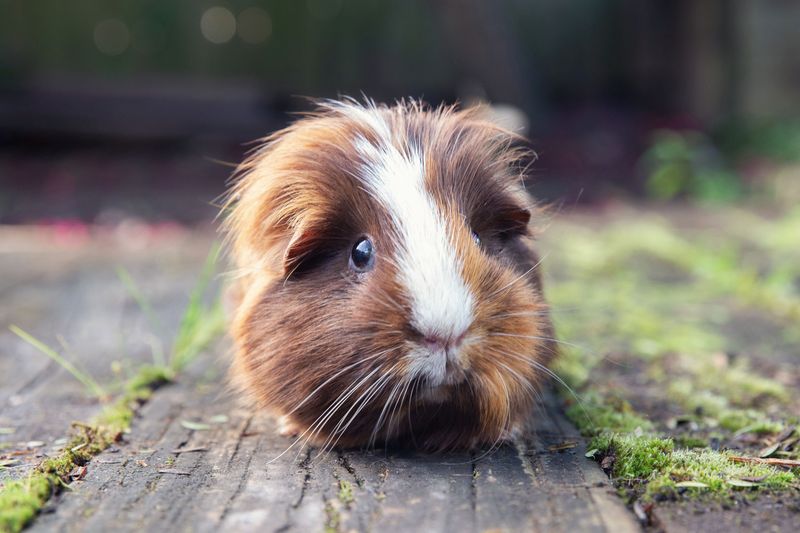
These are wonderful small pets for kids because they are social, gentle, and relatively easy to care for. These cuddly creatures thrive on interaction and enjoy being petted and fed by hand. They communicate through cute squeaks and purrs, which can be entertaining for children.
Guinea pigs need a decent-sized cage with a solid floor, plenty of hay, and fresh vegetables daily. They are happiest when they have a companion guinea pig, so consider adopting a pair. This social nature makes them perfect for teaching children about companionship and responsibility.
Their diet is crucial, as guinea pigs require vitamin C, which they cannot produce on their own. Including fresh vegetables and specially formulated pellets in their feeding routine will keep them healthy.
Their gentle disposition and interactive nature often result in strong bonds with their young caretakers, making them a cherished pet in many households.
8. Rabbit
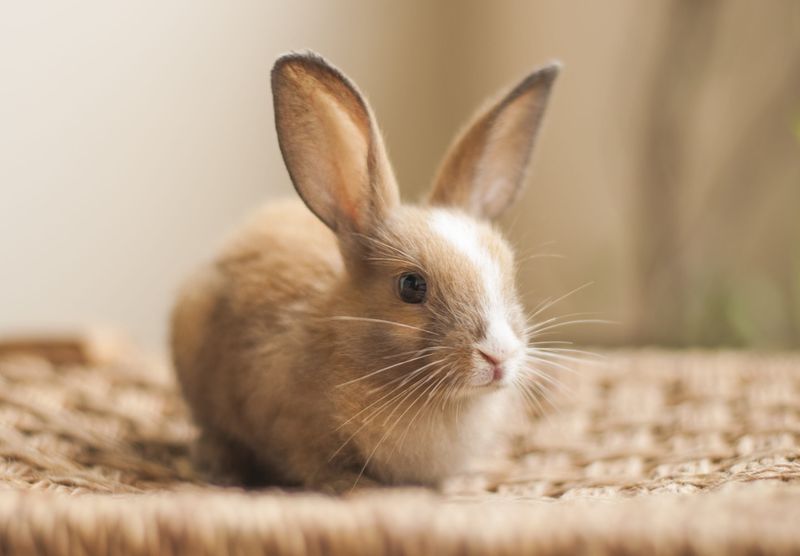
Rabbits are another excellent choice for small pets for kids. With their soft fur and gentle temperament, they are a joy to hold and cuddle. Rabbits need more space than hamsters or guinea pigs, so a roomy indoor or outdoor pen is ideal.
These charming animals enjoy a diet of hay, leafy greens, and specially formulated rabbit pellets. Regular grooming is essential to keep their coats healthy and free from tangles.
Rabbits are intelligent and can be litter-trained, making them more convenient for house living.
It’s important to supervise interactions between young children and rabbits to ensure gentle handling, as rabbits can be startled easily.
They thrive on companionship, so spending quality time with them is vital. Their playful nature and loving personalities make rabbits wonderful pets that quickly become part of the family.
7. Budgie
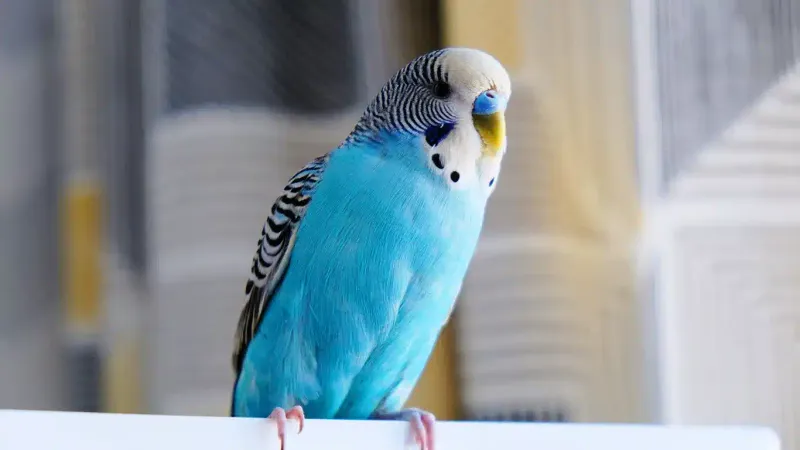
Parakeets are vibrant and lively birds that make great pets for children. They are smaller than many other parrots, making them easier to care for and handle.
Budgies are known for their cheerful chirping and ability to mimic sounds, providing endless entertainment.
These birds require a spacious cage with perches, toys, and mirrors to keep them stimulated and happy. Regular interaction and gentle handling help them become tame and friendly.
Budgies enjoy a varied diet of seeds, fruits, and vegetables, which is important for their health and longevity.
Children are often amazed by a budgie’s ability to learn simple tricks or mimic words, making them a delightful and interactive pet.
With proper care and attention, budgies can become affectionate members of the family, bringing joy and a splash of color to any home.
6. Goldfish
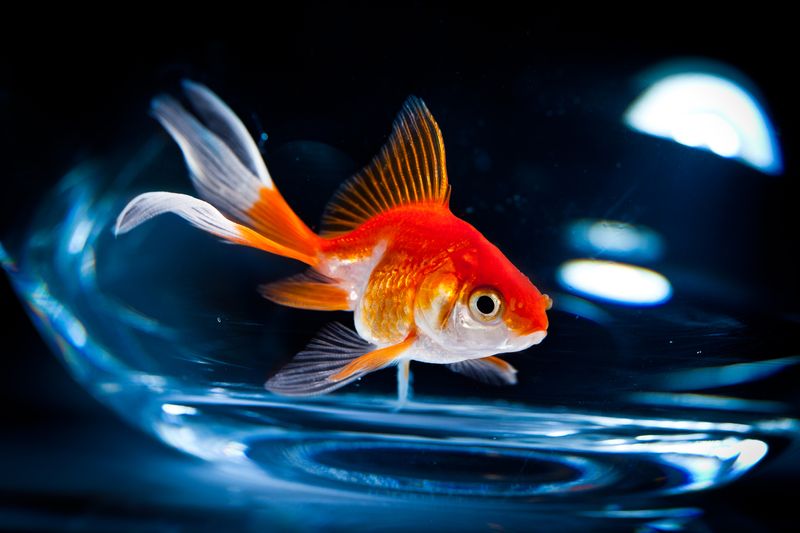
This fish is a classic choice for a child’s first pet. Known for their bright colors and graceful swimming, they are mesmerizing to watch.
Goldfish are relatively easy to care for, making them suitable for children learning about pet ownership.
Setting up a tank with a filtration system is essential to maintain clean and healthy water. Goldfish require ample space to swim, so a larger tank is preferable.
Regular feeding with quality fish food supports their vivid colors and overall health.
Observing a goldfish’s swimming patterns and behaviors can be a calming and educational experience for children.
Although they cannot be handled like some other pets, goldfish can still provide companionship and teach kids the basics of caring for a living creature. With the right setup and care, goldfish can thrive and become a beautiful addition to the family.
5. Hermit Crab
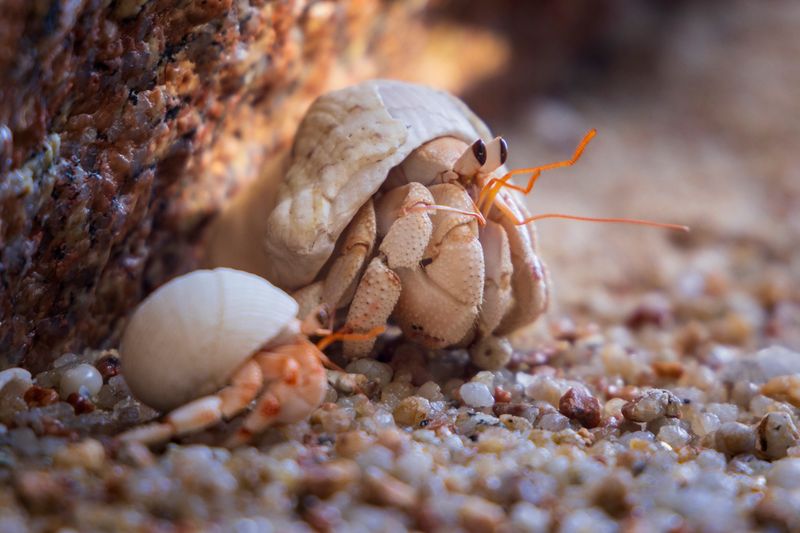
These creatures are low-maintenance but require a well-prepared habitat to thrive. A terrarium with sand, climbing toys, and a variety of shells is ideal.
Hermit crabs enjoy a varied diet, including fruits, vegetables, and specially formulated crab food. They need both fresh and saltwater to keep their gills moist, making a dual-water setup necessary.
Regular misting of their environment helps maintain humidity levels, which is vital for their health.
Watching hermit crabs switch shells and explore their environment can be an engaging and educational experience for children.
Handling should be gentle and supervised to prevent dropping or injury. Hermit crabs teach kids about responsibility and the interesting world of invertebrates, making them a unique and intriguing pet choice.
4. Gerbil
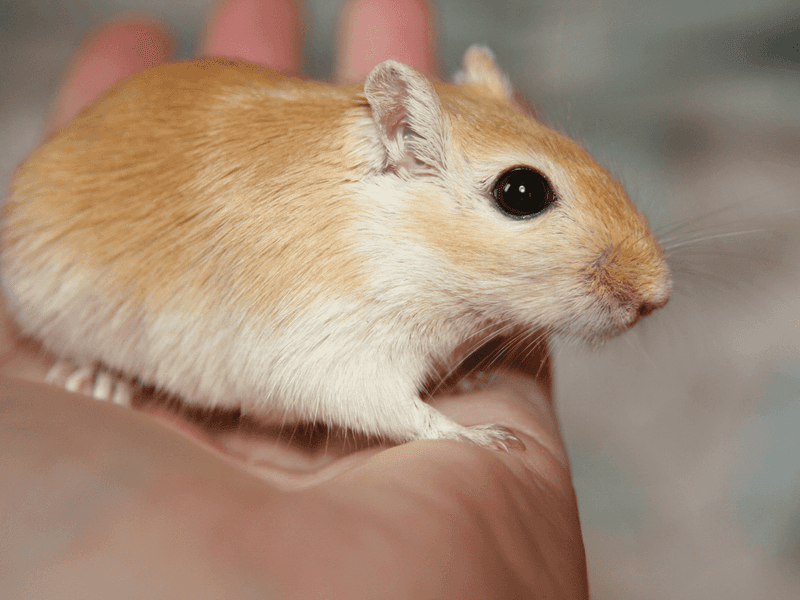
Gerbils are energetic and curious pets that are perfect for active children. These small rodents are social animals that enjoy the company of their kind, so it’s often best to adopt them in pairs.
Their playful nature and inquisitive behavior make them a joy to watch.
Setting up a gerbilarium with plenty of bedding for digging, wheels for exercise, and chew toys for gnawing is essential.
Gerbils are low-maintenance, requiring regular feeding with a balanced diet of seeds, grains, and occasional vegetables.
With gentle handling, gerbils can become quite tame, forming bonds with their young owners. They are most active during the day, aligning well with a child’s schedule.
Gerbils offer children a wonderful chance to learn about the needs and behaviors of small mammals, fostering a sense of responsibility and care.
3. Dwarf Frog
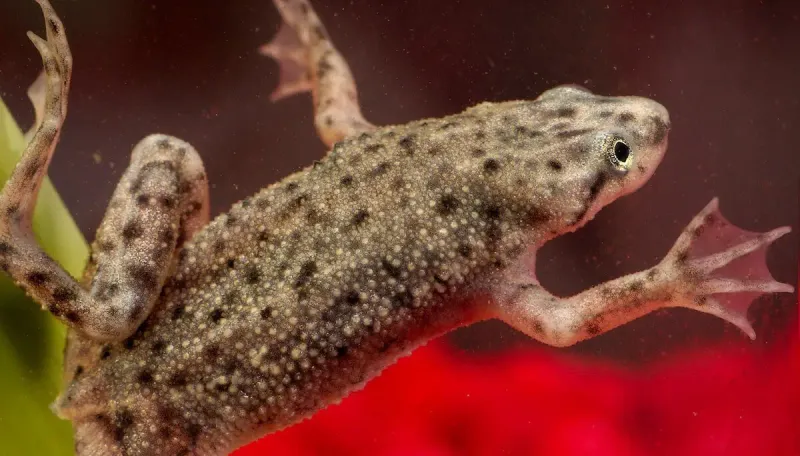
Amphibians can provide children with a glimpse into an underwater world. These tiny frogs are fully aquatic, making them easy to care for in a small aquarium setup. They are peaceful creatures that coexist well with other aquatic pets.
A simple tank with a gentle filter, smooth rocks, and live plants creates a suitable habitat for dwarf frogs. Feeding them is straightforward, as they eat a diet of brine shrimp, bloodworms, and specially formulated frog pellets.
They are low-maintenance pets that require minimal care beyond regular feeding and water changes. Dwarf frogs offer kids a unique pet experience, encouraging learning about amphibian life and the importance of aquatic ecosystems.
2. Fancy Mouse
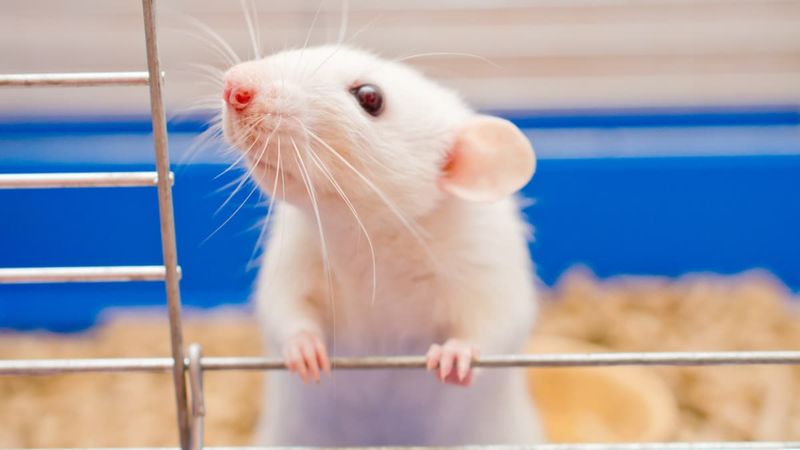
Mice are delightful small pets that captivate children with their lively antics and charming appearance. These intelligent rodents are easy to care for and can be kept in small groups to encourage social behavior.
A spacious cage with plenty of toys, tunnels, and hiding spots keeps fancy mice entertained and active. Their diet consists of seeds, grains, and high-quality rodent pellets, supplemented with occasional fruits and vegetables.
Handling fancy mice requires patience and gentle movements, but once tamed, they can become affectionate companions.
Their playful nature and ability to perform entertaining tricks make them a hit with children. Fancy mice teach kids about the importance of social interactions and the joy of caring for a pet.
1. Turtle
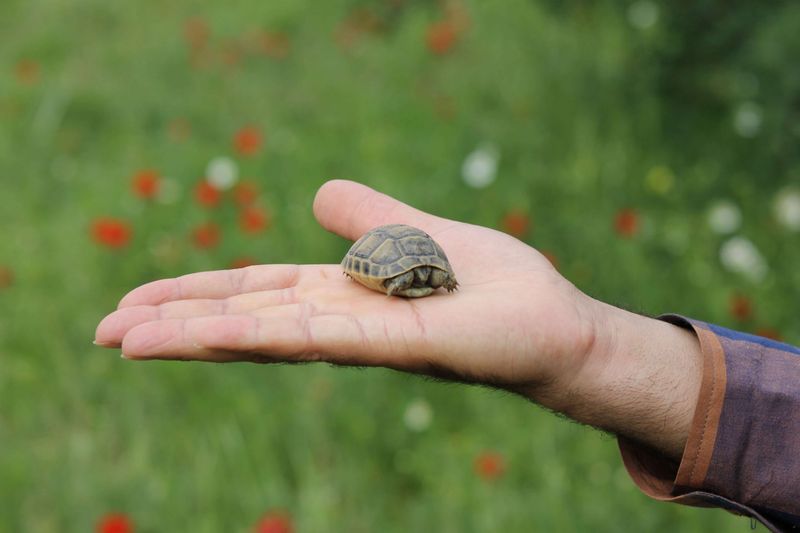
They require a bit more commitment than some other small pets, as they need both aquatic and terrestrial environments to thrive.
A well-equipped terrarium with a basking area, UVB lighting, and clean water is essential for a turtle’s health.
Feeding turtles a varied diet of leafy greens, insects, and turtle pellets ensures they receive the nutrition they need.
While turtles are not meant to be handled frequently, children can learn a lot by observing their behaviors and caring for their habitat.
Turtles have long lifespans, teaching kids about long-term commitment and responsibility. Their unique appearance and behaviors make them an engaging pet that can inspire curiosity and learning about reptiles.

